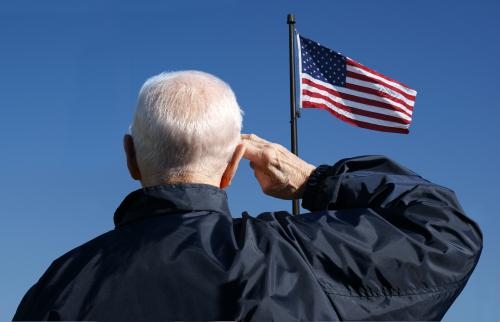Ncaa Eligibility Rules For Current College Students
current eligibility rulesThis means NCAA student-athletes can compete in all or a portion of the 2020-21 season but it wont be counted against their years of eligibility depending on their division level specific eligibility rules. 9 credits for graduate Each semester you must earn 6 credits of coursework that apply to graduation in your designated academic program Football Only.

We Get Asked A Lot About What Type Of Message Should Be Sent To College Coaches When First Trying To Co College Recruiting Athletic Scholarships College Sports
Winter sport student-athletes who compete during 2020-21 in Division I will receive both an additional season of competition and an additional year in which to complete it the Division I Council decided.

Ncaa eligibility rules for current college students. Impact of COVID-19 on NCAA eligibility. NCAA Rules for Protecting Student-Athletes Eligibility While Raising funds for Social Justice. The Councils decision allows schools to self-apply waivers to restore one of those seasons of competition for student-athletes who had competed while eligible in the COVID-19-shortened 2020 spring season.
Member schools support their student-athletes academic success by providing state-of-the-art technology tutoring and access to academic advisors. Check with your counselor to make sure you are on track to complete the required number of NCAA-approved core courses and graduate on time with your class. Students wont be required to take the ACT or SAT by the NCAA.
The NCAA determines a student-athletes eligibility based on their academic preparedness and amateurism status. How this would connect with various current state high school athletic association rules remains to be seen. When you begin to think about going to a new school understand that the rules are different depending on whether you want to transfer to an NCAA Division I II or III school and whether you are currently enrolled at a two-year or a four-year school.
The NCAA proposals also call for college athletes and prospective athletes engaging in. To maintain eligibility for competition and athletic financial aid each student-athlete must meet several institutional conference and NCAA requirements. Oct 15 2020 Just like spring and fall student-athletes winter athletes who compete during the 2020-21 academic year will each be granted an extra year of eligibility by the NCAA and an extra.
NCAA DI Womens Basketball Student-Athlete Engagement Group formed Top 30 honorees named for 2020 NCAA Woman of the Year Award DI Council approves moving fall championships to the spring. NCAA Bylaw 1461 provides a one-time transfer exception a follows. With the current pandemic and social climate there is a call on student-athletes to use their platform to raise awareness and funds.
And as groups like Athletes for Change. Nine hours completed during the Fall term. At least 18-semester27-quarter hours must be earned between the start of fall classes and spring commencement and up to six-semesternine-quarter hours can be earned in the summer.
Meeting core course requirements specific to NCAA division I or division II. Learn the transfer and eligibility rules for the NCAA and the new conference and school you plan to join. Ensure your sports participation information is correct in your Eligibility Center account.
The current rule provides that student-athletes who earn their bachelors degree may participate in athletics as a graduate student at another Division I college provided they meet the criteria set forth in NCAA Bylaw 1461 or obtain an NCAA waiver. Nearly half a million NCAA student-athletes more than ever before compete in 24 sports every year. Be enrolled and attending as a full-time student each semester 12 credits for undergraduate.
In general student athletes must. The Council also will allow schools to self-apply a one-year extension of eligibility for spring-sport student-athletes effectively extending each students five-year clock by a year. Division I rules limit student-athletes to four seasons of competition in a five-year period.
Learn more about how the NCAA is taking action. Academic eligibility is determined using a combination of their SATACT test scores high school course work and their GPA as calculated using what are called the NCAA Core Courses. There are some rules that you should be aware of to maintain your eligibility.
In the Associations continuing efforts to support college athletes the NCAA Board of Governors voted unanimously to permit students participating in athletics the opportunity to benefit from the use of their name image and likeness in a manner consistent with the collegiate model. The NCAA Eligibility Center loosened standards for students who initially enroll full-time during the 202122 academic year and intend to play D1 or D2 sports. NCAA Eligibility Rules State that student-athletes will need to meet athletic and academic requirements for the division they wish to compete in Requirements will include.
24-semester36-quarter hours of degree credit must be completed each academic year to remain eligible. An extra year means a current college student-athlete would have 6 years to play their 4 years. In addition to NCAA requirements they also must also meet the unique acceptance requirements of the university they plan to attend those requirements may exceed NCAA standards.
Incoming student-athletes in Divisions I and II are subject to academic initial-eligibility standards which take into account standardized test scores number of core courses taken in high school and the grades earned in those core courses. Take the SATACT and submit your scores to the Eligibility Center using code 9999.



